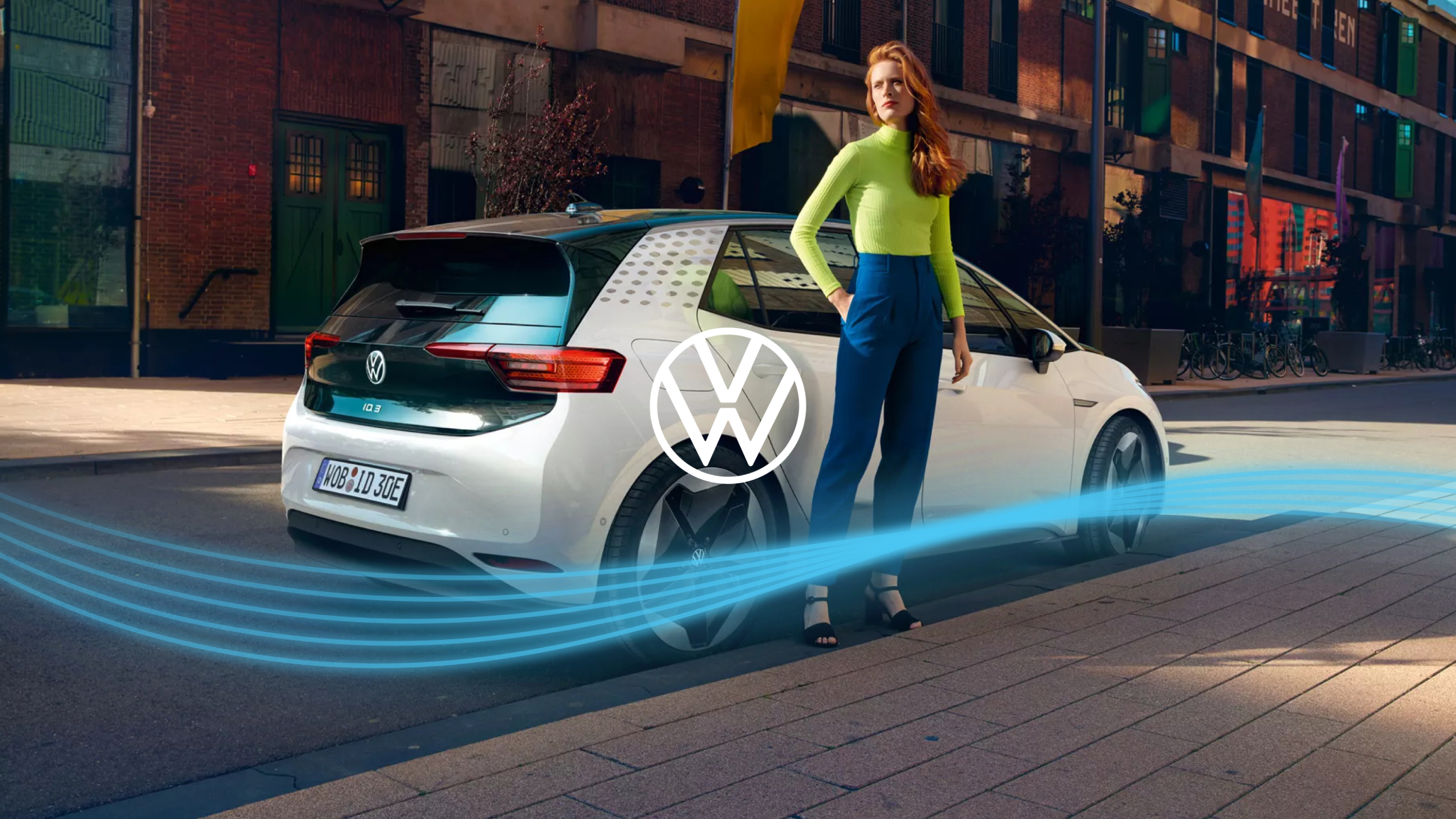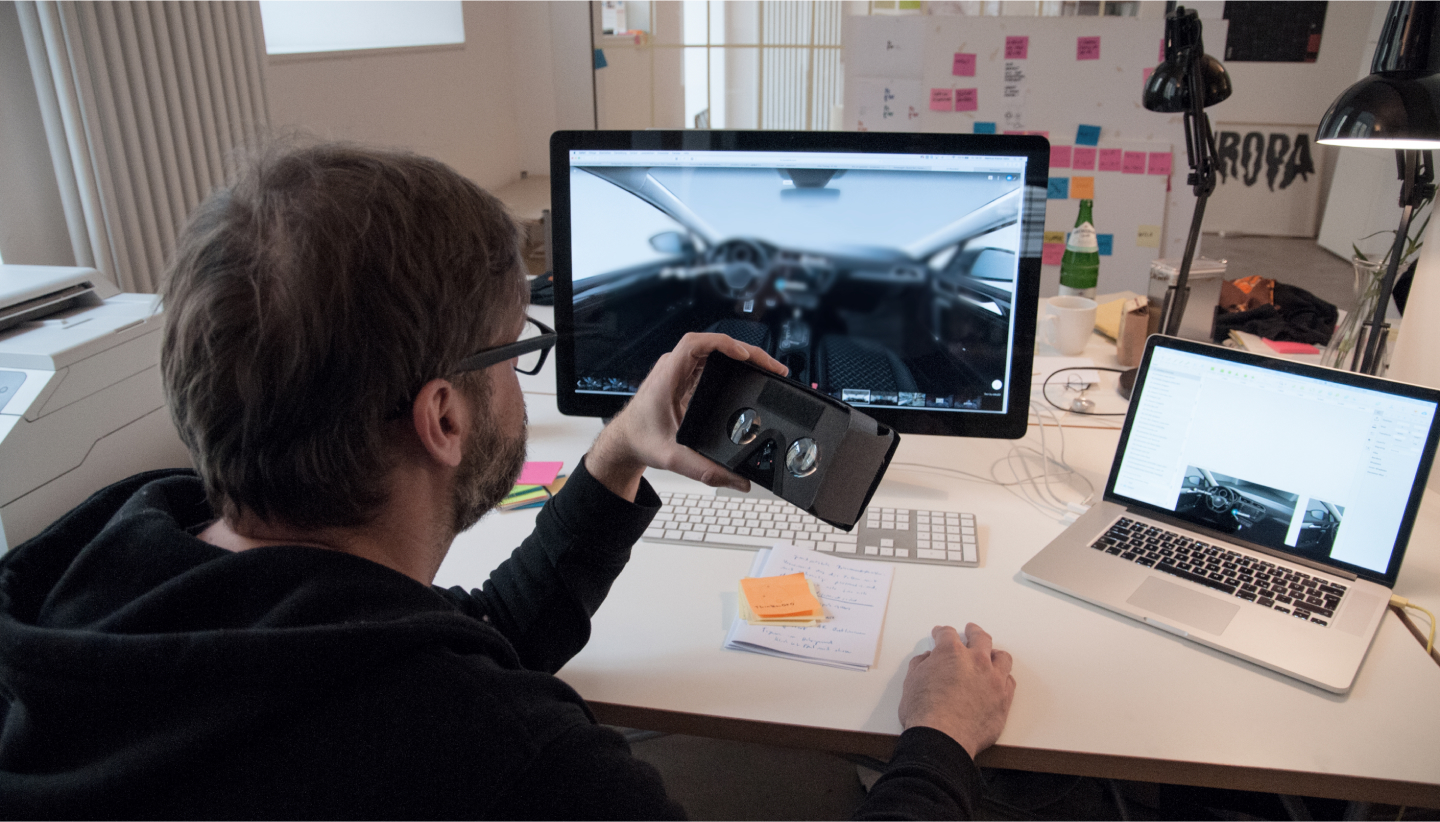In 2017, Volkswagen asked us to develop a consistent, brand-specific user experience for all future applications in the areas of virtual reality, mixed reality and augmented reality and to document it in a pattern library. VW refers to these as “New Realities,” while others call them “Extended Realities.”
Augmented reality was one of the trend topics of 2018, and Volkswagen took on a pioneering role and explicitly developed cross-brand design patterns for these new digital media.


